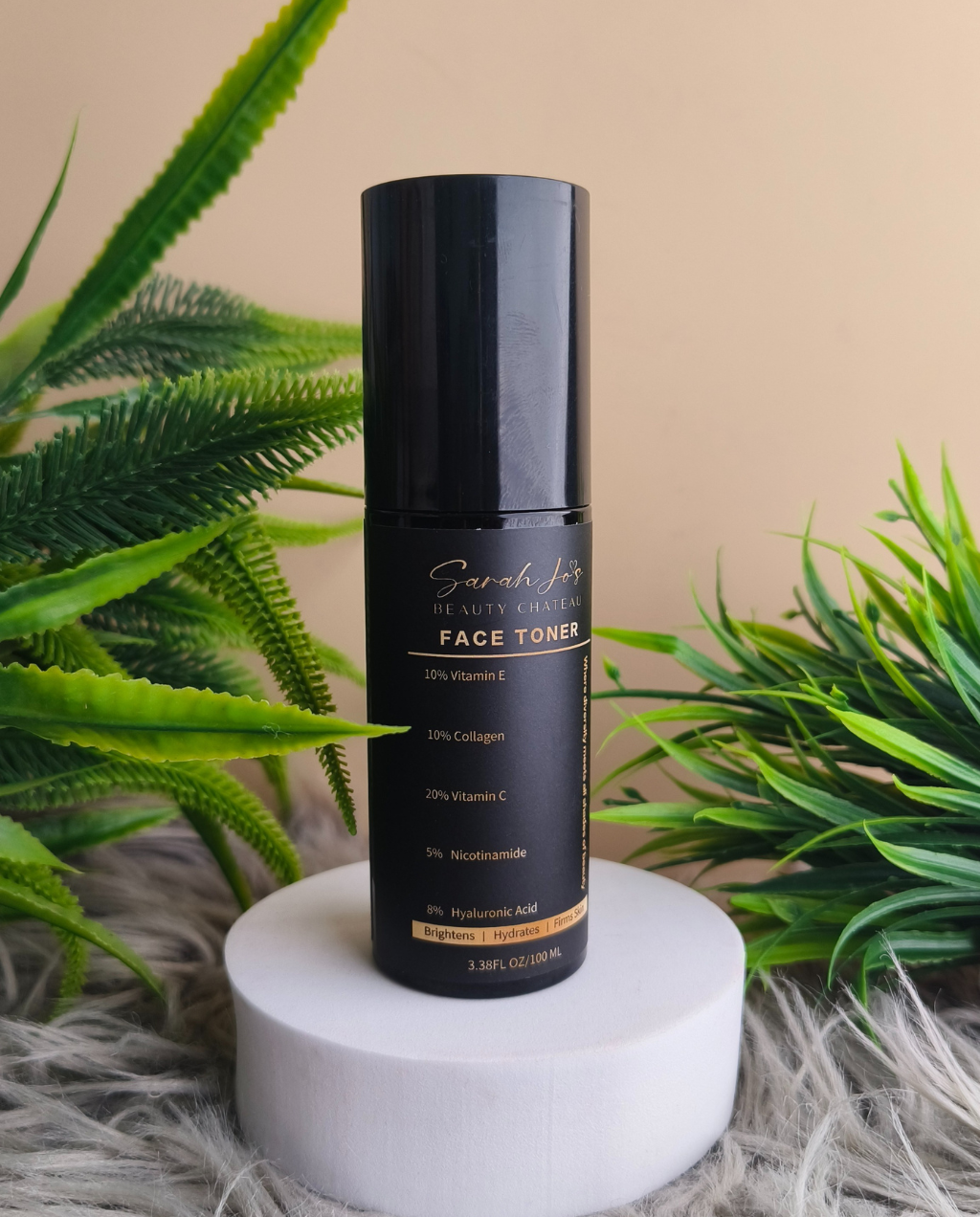If you have acne-prone skin, it might sound odd to hear that adding oil to your skincare routine could be beneficial. Isn’t oil the very thing we’re all supposed to avoid if we’re trying to reduce breakouts? As it turns out, not all oils are created equal, and certain types can actually help calm acne, balance your skin, and even prevent future breakouts. This guide will dive into the best oils for acne-prone skin, discuss how they work, and cover ways to make them part of your routine.
The Right Oils Can Balance Acne-Prone Skin
For decades, we were told that keeping acne-prone skin clear meant using harsh cleansers to “dry up” the oil. But research now suggests that overly drying acne-prone skin can actually lead to more oil production, as the skin tries to compensate for being stripped of its natural oils. The result? A vicious cycle of dry-yet-oily skin and persistent breakouts.
Oils chosen specifically for acne-prone skin can deliver moisture, calm inflammation, and help to balance sebum (your skin’s natural oil). These oils won’t clog pores or leave a heavy, greasy feeling—when chosen carefully, they can be a game-changer.
The Benefits of Using Face Oils on Acne-Prone Skin
Using oils in your skincare routine can provide many benefits:
- Hydration Without Clogging: Some oils provide deep hydration without clogging pores or feeling heavy.
- Balancing Sebum Production: Certain oils help regulate sebum, so the skin produces less oil over time.
- Anti-Inflammatory and Healing: Oils contain antioxidants, vitamins, and anti-inflammatory compounds that soothe irritation and support skin healing.
- Complementing a Face Toner: A face toner preps your skin by clearing away impurities and balancing pH, allowing oils to absorb better and work more effectively.
The Best Oils for Acne-Prone Skin
When picking oils for acne-prone skin, stick with non-comedogenic (won’t clog pores) and lightweight options. Here are some of the best.
1. Jojoba Oil
Jojoba oil is one of the most popular oils for acne-prone skin because it closely resembles the skin’s natural sebum. It’s lightweight, absorbs quickly, and is unlikely to clog pores.
- Benefits: Balances oil production, provides lightweight hydration, and has anti-inflammatory and antimicrobial properties.
- How to Use: After cleansing and applying a face toner, gently pat a few drops of jojoba oil into your skin, focusing on areas that feel tight or dry.
2. Tea Tree Oil
Tea tree oil has strong antibacterial and anti-inflammatory properties, making it ideal for targeting acne-causing bacteria.
- Benefits: Fights bacteria, calms inflammation, and can be used as a spot treatment.
- How to Use: Dilute tea tree oil with a carrier oil like jojoba oil, or add a drop to your moisturizer. Apply it as a spot treatment on problem areas only, as it can be strong on sensitive skin.
3. Rosehip Oil
Rosehip oil is high in essential fatty acids like linoleic acid, which many people with acne-prone skin lack. It’s also packed with vitamins A and C, which help reduce scarring and brighten skin tone.
- Benefits: Reduces acne scars, hydrates without feeling heavy, and is rich in skin-repairing antioxidants.
- How to Use: After your face toner, apply a few drops of rosehip oil to slightly damp skin, allowing it to absorb before continuing with your moisturizer.
4. Squalane Oil
Squalane oil is a plant-based oil (often derived from olives) that mimics the natural oils in your skin. It’s non-comedogenic, lightweight, and suitable for sensitive skin.
- Benefits: Balances oil production, absorbs quickly, and provides deep hydration without a greasy finish.
- How to Use: Use a few drops on cleansed, toned skin, especially in areas that tend to get dry or flaky.
5. Grapeseed Oil
Grapeseed oil is lightweight and rich in linoleic acid, which helps reduce clogged pores and smooth skin texture. It also has mild astringent properties, making it excellent for oily or combination skin.
- Benefits: Reduces clogged pores, provides antioxidants, and is lightweight.
- How to Use: After your face toner, apply a small amount of grapeseed oil to your skin. If you’re new to oils, try it as a nightly treatment.
6. Black Cumin Seed Oil
Black cumin seed oil has powerful antibacterial and anti-inflammatory properties. It contains thymoquinone, which helps reduce inflammation and prevent bacterial growth.
- Benefits: Reduces redness and swelling, fights acne-causing bacteria, and may reduce scarring.
- How to Use: Dilute black cumin seed oil with a carrier oil or mix a few drops into your moisturizer, focusing on areas prone to breakouts.
7. Hemp Seed Oil
Hemp seed oil is one of the most balanced oils for acne-prone skin. It’s high in linoleic acid and omega-3 and -6 fatty acids, which provide light hydration while calming the skin.
- Benefits: Moisturizes, reduces inflammation, and helps balance oily skin.
- How to Use: After applying a face toner, gently massage a few drops into your skin as a final step in your nighttime routine.
8. Marula Oil
Marula oil is an antioxidant-rich oil that’s lightweight and won’t clog pores. It’s especially good for acne-prone skin that is also dry or sensitive.
- Benefits: Hydrates and reduces redness, protects against environmental damage, and supports skin elasticity.
- How to Use: Use sparingly after a face toner, especially on dry areas or at night.
How to Incorporate Oils Into Your Routine
To maximize the benefits, here’s a step-by-step routine for incorporating oils into your acne-prone skincare:
- Cleanser: Start with a gentle, non-drying cleanser to remove impurities and excess oil.
- Face Toner: Apply a face toner to help balance your skin’s pH and prime it for the following steps. Look for toners with soothing ingredients like witch hazel or rose water.
- Treatment Serum (Optional): If you use treatments like salicylic acid or benzoyl peroxide, apply them now. Allow these to fully absorb before moving on.
- Oil Application: Use a few drops of your chosen oil on areas that need hydration or balancing. Massage gently, and remember—a little goes a long way!
- Moisturizer: Seal in the oil with a lightweight, non-comedogenic moisturizer.
DIY Recipes Using Acne-Friendly Oils
If you’re feeling adventurous, here are some simple DIY recipes for acne-prone skin using the oils we discussed.
1. Soothing Tea Tree Spot Treatment
- 1 tablespoon of jojoba oil
- 2-3 drops of tea tree oil
Mix the oils in a small container. Use a cotton swab to apply a tiny amount directly to blemishes. Store in a cool, dark place, and use within a few weeks.
2. Balancing Face Serum
- 1 tablespoon of grapeseed oil
- 1 tablespoon of hemp seed oil
- 3-4 drops of rosehip oil
Mix the oils together and store them in a small glass bottle. Use 3-4 drops after your face toner, massaging it into your skin at night for added hydration and balance.
Frequently Asked Questions
Q: Won’t using oils make my acne worse?
Using the wrong oils can lead to clogged pores, but choosing non-comedogenic oils like those listed here won’t make your acne worse. It’s also a good idea to start slowly and see how your skin reacts.
Q: How often should I use oils?
For acne-prone skin, once a day (usually in the evening) is often enough. You can adjust this based on your skin’s response.
Q: Do I still need a moisturizer?
Yes, though oils provide hydration, a moisturizer can help lock it in and provide added benefits.




